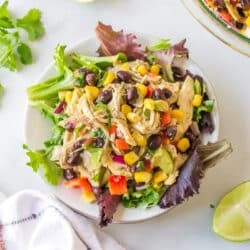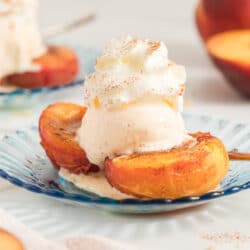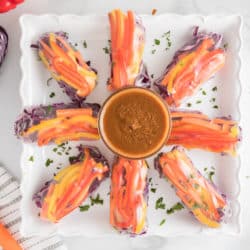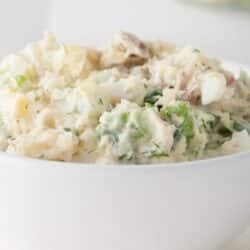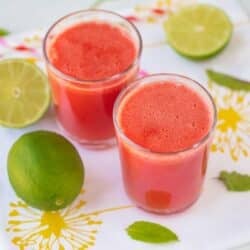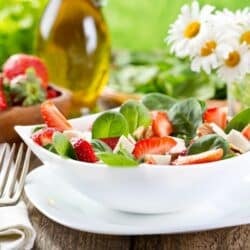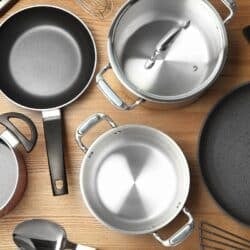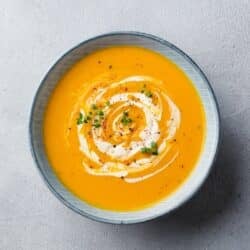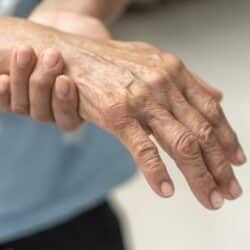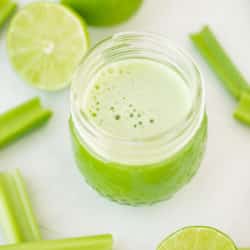What is Clean Eating?
If you’re new to healthy eating, then you might be wondering what is clean eating? Is it a diet or a lifestyle?
The truth is, there isn’t one standard definition of clean eating. Clean eating is actually mean to be flexible and account for your individual needs. But, here is one definition.
Clean eating includes real, whole foods most of the time, choosing organic and sustainable options whenever possible. Clean eating also means selecting foods that meet one’s individual needs.
–Carrie Forrest, MPH in Nutrition and Creator of Clean Eating Kitchen
So, by that definition, clean eating isn’t limited to one particular diet, such as vegan, plant-based, or paleo. In short, clean eating is about eating fewer processed foods and more real, whole foods.
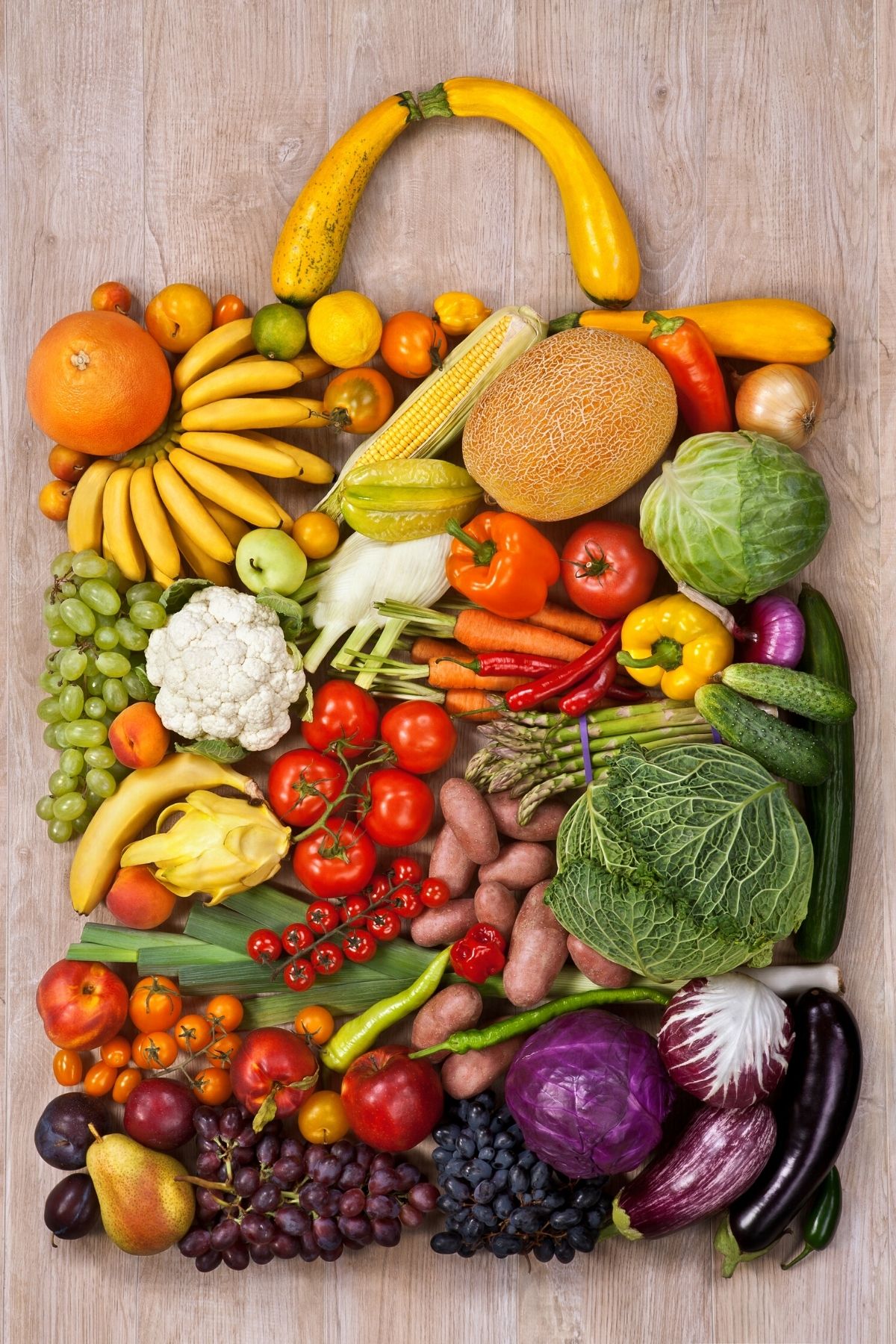
What is the Right Diet For You?
Popular culture has taught us that there is one ideal body type and one perfect diet. But, the truth is that every woman (and man’s) body is different, beautiful, and unique. Along those same lines, there is not one way to eat healthy.
You don’t necessarily need to follow food restrictions or a certain way of eating just because someone else is doing it. If you are working with a functional medicine practitioner, he or she can often do advanced food sensitivity testing to determine what foods you might be sensitive to.
Your healthcare provider will also likely have some input as to what dietary restrictions would be best for you, such as gluten-free, dairy-free, soy-free, and/or sugar-free.
But, the goal should be to allow yourself to eat as many whole, real foods as possible. Diversity in the diet is a great way to improve your gut health, get as many nutrients from food as you can, and to enjoy food as much as possible.
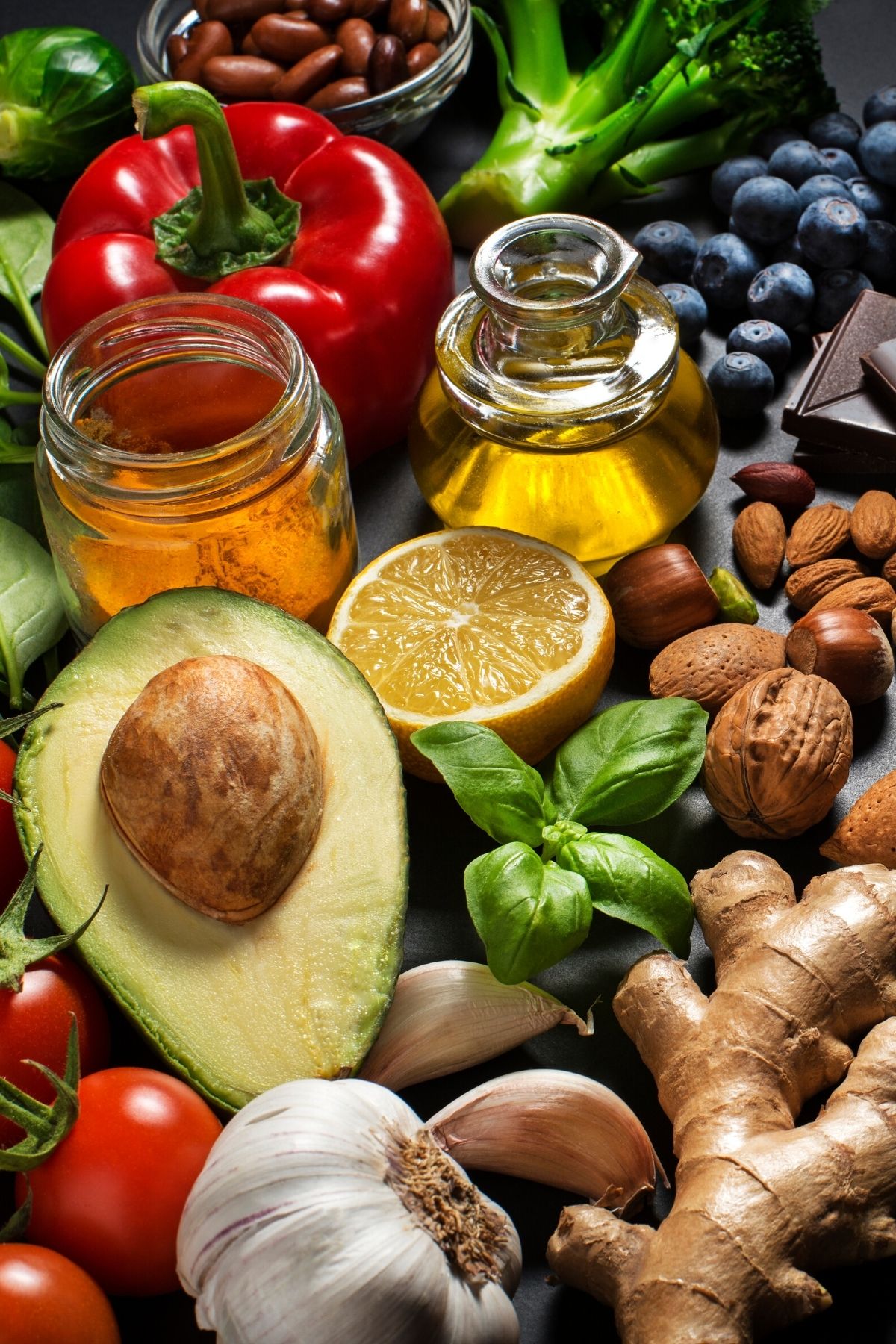
Eating For Your Individual Needs
As you get started eating a healthier diet, it’s important to learn to eat for your own individual needs. Pay attention to how you feel after you eat a meal. Do you feel more energetic or less energetic? If you have symptoms like bloating or digestive issues, then keep a food journal, noting your symptoms and what food or foods that you ate.
Over time, you’ll start to understand what types of foods make you feel your best.
You might also want to check out my full articles on:
- Choosing Between Keto, Paleo, Whole30, Vegan, and Clean Eating Diets,
- Foods to Eat to Be Healthy,
- Safest Cooking Oils,
- Best Cookware Material for Health,
See my entire list of article related to Clean Eating Basics or getting started with clean eating.
Going Gluten-Free & Dairy-Free
That said, every single one of the hundreds of recipes on Clean Eating Kitchen are both gluten-free and dairy-free (or have gf/df options listed), mostly because those are common food intolerances. Wheat and milk have been identified as major food allergens.
Even if someone is not allergic to gluten or dairy, he or she can develop food sensitivities or issues like non-celiac gluten sensitivity. Sensitivities to gluten, dairy, or other foods can cause a variety of symptoms including inflammation, hormone imbalances, infertility, joint pain, bloating, weight gain, digestive issues, skin issues, sleep issues, and more.
Be sure to discuss with your healthcare provider to see which diet he or she recommends for you.
Here is an article with tips for getting started with a gluten-free and dairy-free diet. And, you can read more about my clean eating before and after journey.
Clean Eating Recipes
If you’re new to eating clean, then try not to get hung up on the foods you can’t eat. Instead, learn to shop the produce aisle and learn to cook and enjoy as many vegetable-based recipes as you can. See my full article on how to start eating clean for more information.
Also, see my entire clean eating recipe index. You may also want to check out my recipe ebook 5-Ingredient Clean Eating Recipes.
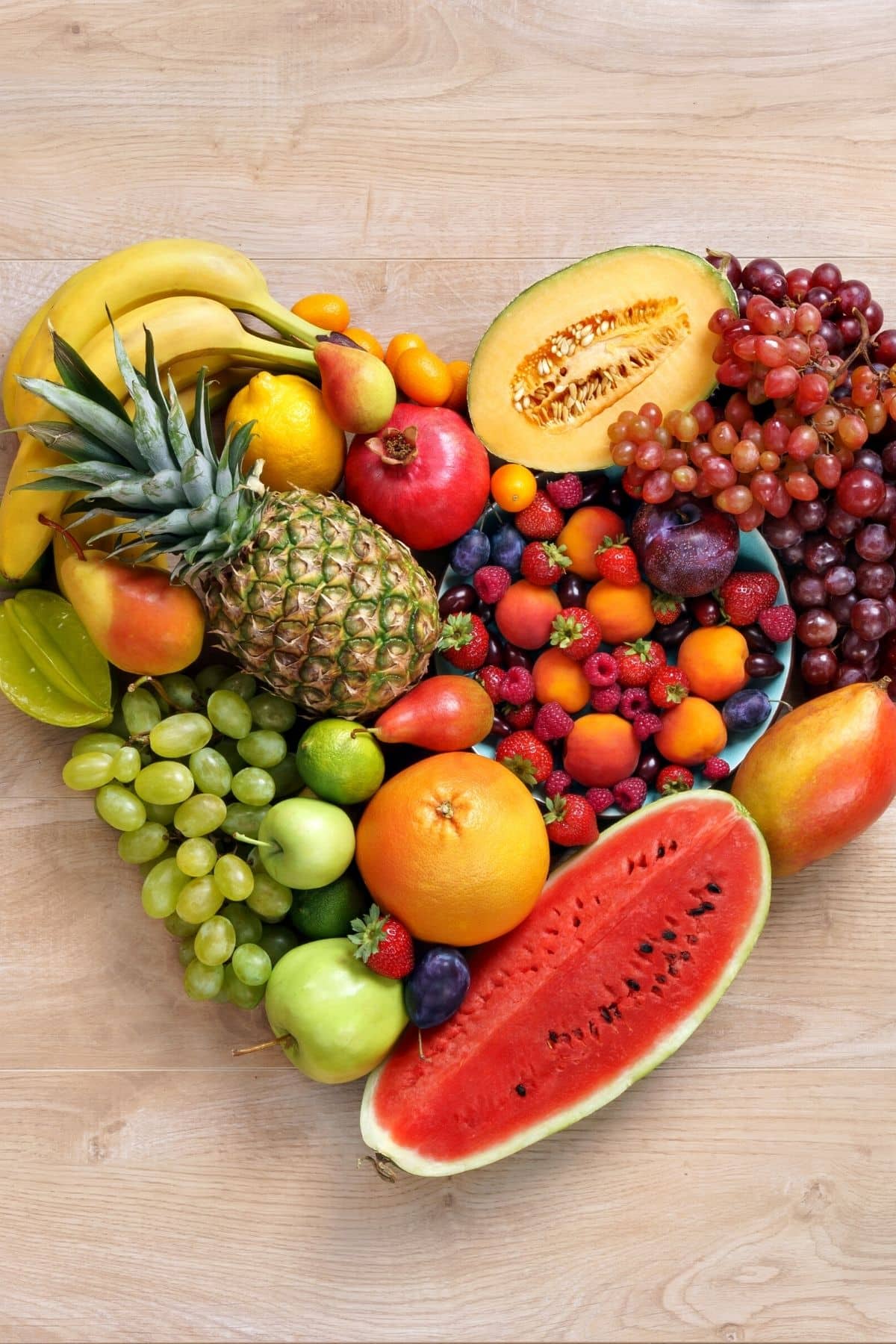
FAQs
The best way to start is to find a few recipes from this site that look good to you (see the best clean eating recipes for beginners). Start making a weekly meal plan with recipes using real food ingredients. Skip the processed foods and make your food at home. Over time, start trying new ingredients until you are eating a wide variety of clean eating foods.
Don’t forget to join my email list. I’ll send you my Clean Eating Quick Start Guide to help you get started.
Absolutely not! But, if you have an autoimmune condition or your doctor has recommended that you avoid gluten or dairy, then you should give it a try.
Yes, you can. Here are my best tips for eating clean on a budget.
Try to buy mostly real foods without too many added sugars. Check out my full Clean Eating Grocery List & Pantry Guide for a comprehensive shopping list!
Conclusions
Clean eating is a flexible approach to nutrition, allowing for individual differences and needs. The goal is to eat as many whole, real foods as possible, plus choosing organic and sustainable options when available.
Don’t forget to join my newsletter list to get exclusive clean eating recipes and tips. The newsletter is 100% free with no spam; unsubscribe anytime.
About the Author: Carrie Forrest has a master’s degree in public health with a specialty in nutrition. She is a top wellness and food blogger with over 5 million annual visitors to her site. Carrie has an incredible story of recovery from chronic illness and is passionate about helping other women transform their health. Send Carrie a message through her contact form.
Note: this post is for informational purposes only and is not intended as medical advice. Please consult your healthcare provider for recommendations related to your individual situation.





